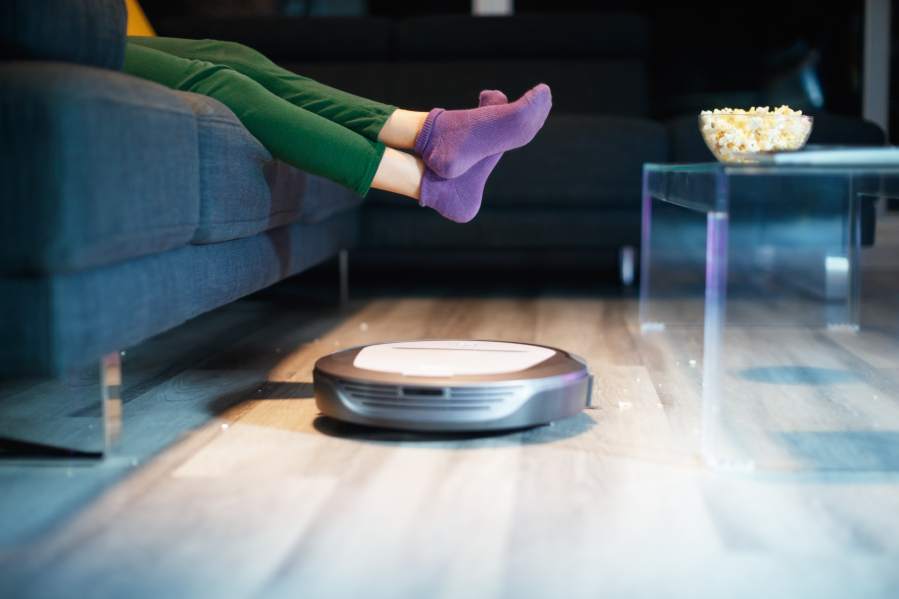If you have always wanted your own personal R2-D2 of dust but couldn’t stomach the high price of early robotic vacuums, it’s time to take another look. Roomba, made by iRobot, was so dominant early on that it was fast becoming a generic term, sort of like “Hoover,” which is used as a verb in some parts of the world. But by my count, at least a dozen companies now make robotic vacuums, including well-known brands such as Samsung, Sharp and Black & Decker, plus vacuum specialists such as Ecovacs, Neato and Bissell.
Here’s what I learned from interviewing a Consumer Reports expert, reading articles and reviews about the latest models and technology, and talking to people who own these dogged little appliances. The biggest takeaway: Don’t plan on replacing your traditional vacuum with a robotic one. Robotic vacuums have come a long way, but you’ll still need an upright or canister vacuum for deeper cleaning and for stairs.
Lower prices
Increased competition has provided more price points among robotic vacuums. “There’s a huge range,” said Haniya Rae, who participates in vacuum testing at the nonprofit Consumer Reports. Some models still cost $1,000, but you can also score a reasonably well-rated robot vac for as little as $180 — the Black & Decker HRV425BLP, according to an online search. Last year, when Consumer Reports tested 27 models, one-third of them cost $375 or less. Even iRobot makes a Roomba I saw online for just $318. Several of those less expensive models ranked in the CR top 10.
Higher functionality
At the same time robotic vacuum prices have come down, their functionality has gone up. Their “cliff sensors” have improved, so they almost never fall down the stairs anymore. Although robotic vacuums are typically round, some manufacturers have put a straight edge along one side or added side brushes that help them clean in corners. Most are now flexible enough to straddle area rugs and hard floors, though they sometimes get hung up on long carpet fringe. “The technology is great, and it gets better with each iteration of these things,” Rae said. “But there are still some glitches that need to be worked out.”



